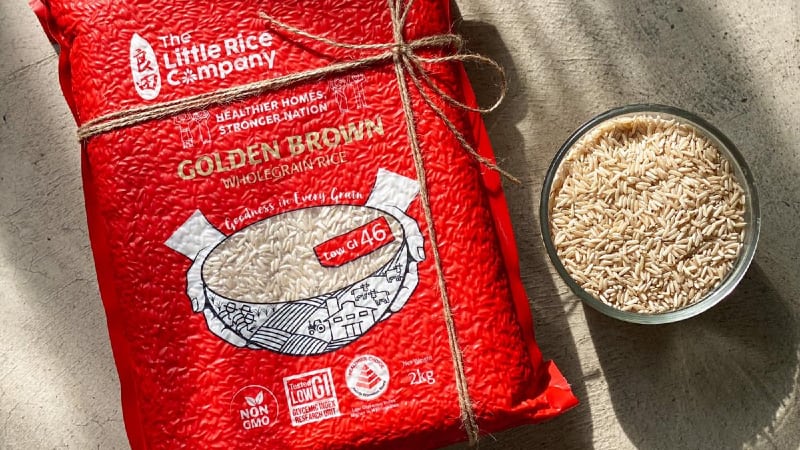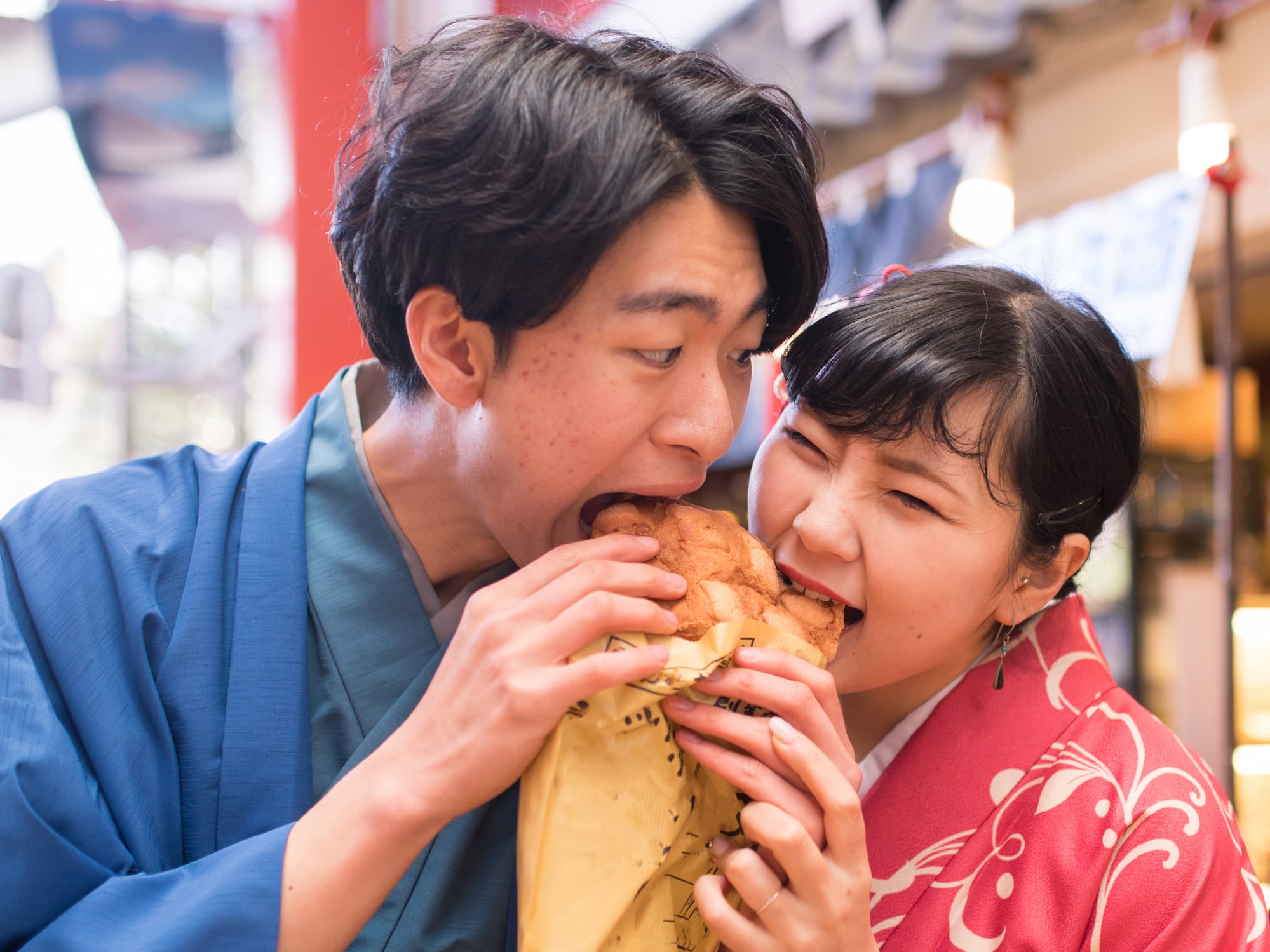After years of research, the firm is partnering farmers in Myanmar to grow rice using its proprietary seeds developed from hybrid technology.
The sole product in its line-up is wholegrain brown rice with a certified glycaemic index (GI) of 46, which the firm claimed to be the lowest-GI rice in Singapore.
“Our goal is not to compete with other rice-producing countries, but to create a healthier option that consumers need, especially those with diabetes. We want to educate consumers that brown rice doesn’t necessarily mean healthier rice. In fact, many brown rice products from countries like Thailand and Vietnam have mid to high GI levels.
“The ratio of rice consumption in Singapore versus Myanmar is 4:1. Although there is a general consensus that too much rice is bad, the awareness of healthier rice options among Singapore consumers is pretty appalling. Rather than looking for a healthier option, most people are thinking of a substitution for rice altogether. Therefore, we want to encourage consumers to choose a better alternative within the rice category itself,” said See Kuen Shee, Executive Director of Golden Sunland Singapore, parent firm of The Little Rice Company.
Another reason for The Little Rice Company’s focus on brown rice is due to regulatory requirements.
In Singapore, each rice importer of a stockpile grade, namely white rice, basmati rice, ponni rice and parboiled rice, is required to apply for a license and participate in the Rice Stockpile Scheme (RSS) to ensure an adequate supply in the market.
RSS participants have to pre-commit on the quantity that they intend to import monthly for local distribution, with the minimum for white rice being 50 tonnes.
“Rice is a controlled item under the Price Control Act, so the margin is low. For a new company like ours, the barrier to entry is just too high. Conversely, brown rice is not subject to the same stockpiling requirement,” Shee added.
Obstacles and opportunities
Currently, the firm’s brown rice is available at major supermarkets in Yangon, Myanmar, and FairPrice outlets across Singapore.
It can also be found on e-commerce marketplaces such as Lazada, Shopee and qoo10, while plans to list on more platforms like RedMart are under way.
In addition, Agape Little Uni preschools in Singapore are using The Little Rice Company’s brown rice for the children’s meals.
“The kids enjoy our rice and that helps create awareness, too. We do have a little niche market in Singapore, but it takes a lot of effort to change consumer behaviour, particularly among the older folks. It will be a challenge, but we are working with partners to hopefully spread more awareness over the new few years.
“Our rice is actually better received in Myanmar, despite it being higher priced than other rice there. One reason could be that the locals are more careful about the quality of their staples,” said Shee.
He further explained that the higher costs are attributed to farming techniques that ensure the stability of crop and yield, and a team of on-site technicians who advise and guide the farmers throughout the process.
While expansion plans took a beating during the pandemic, the firm is now getting ready to resume overseas ventures.
“We did a trial run in Hong Kong that saw good responses, but it had to be suspended because of COVID-19. With trade flow in the country getting more stabilised, I’m working on it again,” Shee revealed.
In January, the firm obtained verification from the Sustainable Rice Platform (SRP), which is co-convened by the United Nations Environmental Programme and International Rice Research Institute to promote resource efficiency as well as sustainable production operations and supply chains in the global rice sector.
According to Shee, the farm in Myanmar adopts a water management system that involves intermittent flooding and reduces water usage by 50%.
As part of its long-term goals, the company is looking to leverage the SRP label to set foot into Europe.



